Did you know that there were 180,000 foot related workplace injuries in 1997? If you were to break that down that would be 400 cases per day at an estimated $6,000 per incident. Approximately 75% percent of these accidents occurred when workers were not in compliance with wearing the appropriate shoe gear. The first major category of work related foot injuries include, punctures, crushing, sprains and lacerations. Not far behind that category would be injuries resulting from slips, trips, and falls. If you would incor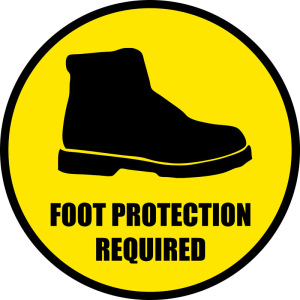 porate both these categories it would represent nearly 25% of all disabling injuries. Wearing ill-fitting work boots or shoes can result in calluses, ingrown toenails, and achy tired feet, which obviously can directly impact productivity and can lead to further injuries if not treated.
porate both these categories it would represent nearly 25% of all disabling injuries. Wearing ill-fitting work boots or shoes can result in calluses, ingrown toenails, and achy tired feet, which obviously can directly impact productivity and can lead to further injuries if not treated.
Safety features of footwear can include steel/alloy/composite safety toe, metatarsal guard, slip resistant, electric hazard, heat resistant, chemical-resistant and other protection treatments. There are also heavy duty work boots and shoes as well as dress, casual, athletic and hiker inspired protective footwear available. You will want to follow the unique guidelines and specifications of your workplace to ensure you are wearing the right boot or shoe.
The protective footwear you choose must comply with the American Society for Testing and Materials (ASTM) standard F2413-05. This standard covers minimum requirements for the design, performance, testing and classification of protective footwear. Protective footwear must meet all of the ASTM standards or specific elements of it, but it first has to meet requirements for impact and compression resistance. All footwear manufactured to the ASTM specification must be marked with what specific portion of the standard it is in compliance with. One shoe of the pair must be clearly and legibly marked (stitched, stamped, pressure sensitive label etc.) on either the surface of the tongue, gusset, or quarter lining.
If your feet are not safe you are at daily risk of injuries ranging from mildly inconvenient to long term disability, all of which can result in lost wages, reduced productivity, and increased expense for your employer AND you. Picking The Right Shoe for work is a key factor in reducing your risk of injury in the workplace.
The Right Shoe can help you ensure that you are purchasing the appropriate protection for your job specifications and that they meet the minimum ASTM standards required by your employer to ensure your feet are protected properly.
Be sure to look out for the last upcoming blog in this series where I will talk about proper work boot fitting/sizing and the importance of choosing styles appropriate for your specific job function.
Where Feet and Comfort Meet
Locations & Hours
Lititz Shoppes at Kissel Hill
Monday 8:00 AM-5:00 PM
Tues & Weds 9:00AM - 7:00 PM
Thurs & Fri 9:00AM - 5:00 PM
Saturday 9:00 AM - 1:00 PM
York Location
2300 Pleasant Valley Road
Monday-Friday
9:00 AM - 5:00 PM
Special order policy
At the Right Shoe, our job is to provide you with the best shoe possible. We do our best to keep a broad assortment in stock; in the event we do not have the right shoe in stock we may be able to provide it through a special order. When placing a special order, we require a deposit of half the balance due, to be applied to the amount due at pick-up. Unfortunately manufacturers are having some supply difficulties. We will do our best to fill your order as quickly as possible; however Special Orders can take up to 4-6 weeks or longer to fill. We ask that all special orders be picked up within 30 days of notification of arrival, or deposit will be forfeited.
The Dansko style below is a great option for work or play, lightweight mesh upper is breathable and stain resistant while the sole is slip resistant
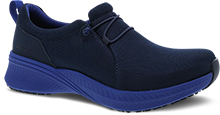
Copyright © 2024 The Right Shoe
Site Managed by The Right Shoe · Log in
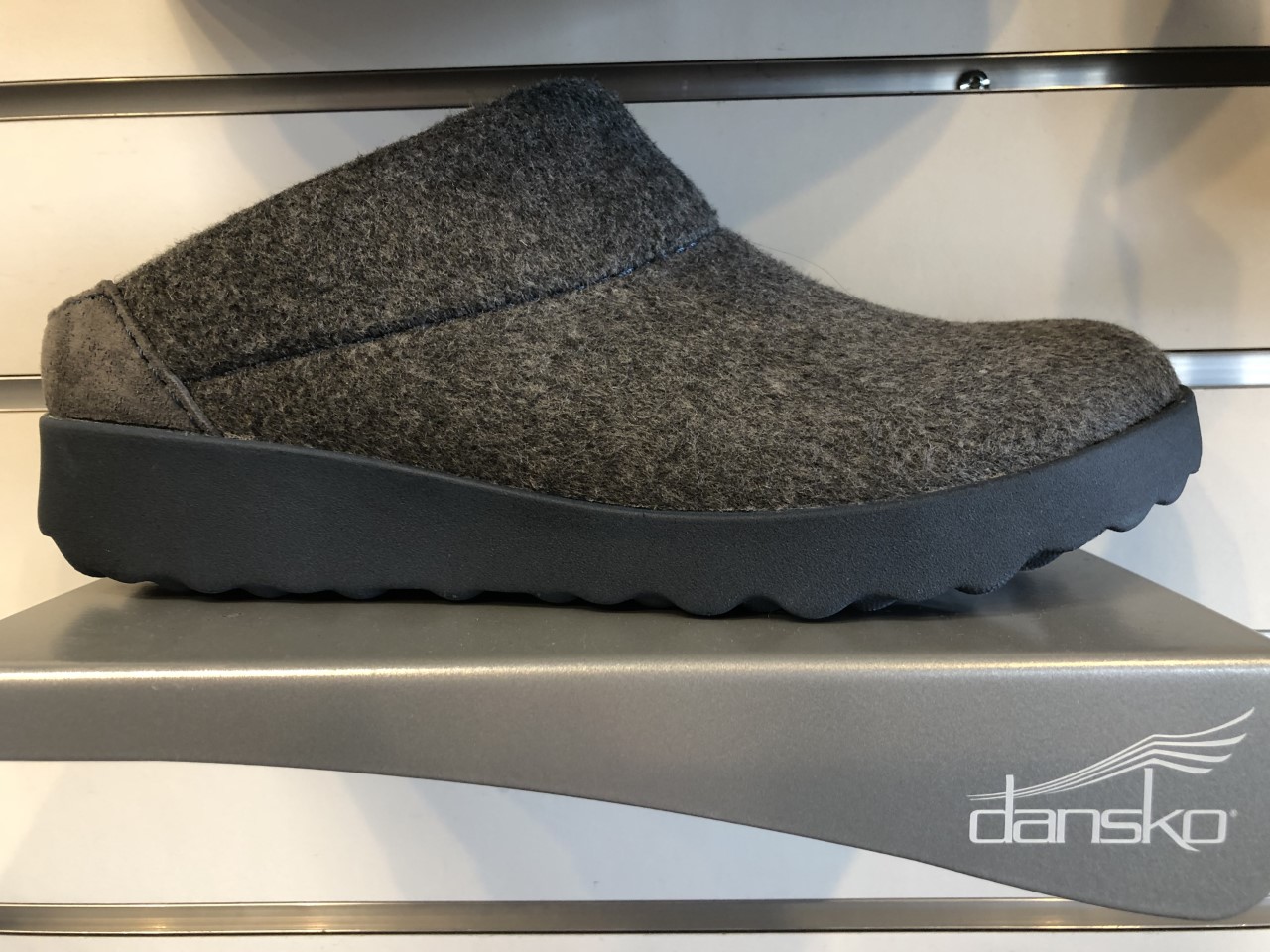
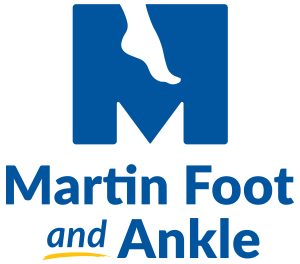
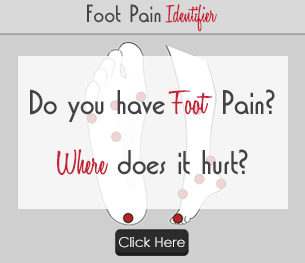
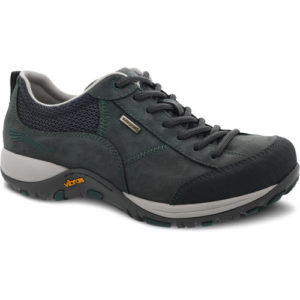
Thank you for your post. I’m working in construction field, and I have bought more than 10 work boots during the last 15 years. The safety toe does helped me a lot. One thing that confused me a lot is that: how to choose the most fitable size online?
Hi Wilbur, thanks for visiting our blog. Finding a safety toe work shoe, or any shoe, online can be a challenging task. My recommendation is to buy shoes in person as opposed to online to ensure a proper fit. Going to a store with fitting professionals is generally best, especially if you have had issues finding a good fit in the past.
Thanks for your opinion and awesome post. Many workers really hurt when they fail in choosing the right shoe. Anyways, I agree with the Ashley’s Opinion of Lack of productivity because of shoes issues. Nice add to post. Thanks for Sharing ideas!
These statistics are very troubling and frightening! I hope that more employers realize that wearing the proper and safety compliant work boots is essential for their workers if they want to keep them alive and safe and allow them to do their jobs properly! Thank you for this post, and I hope more people read it to realize how important wearing appropriate work boots is, especially for people with dangerous jobs and harsh work conditions, such as oilfield workers or loggers.